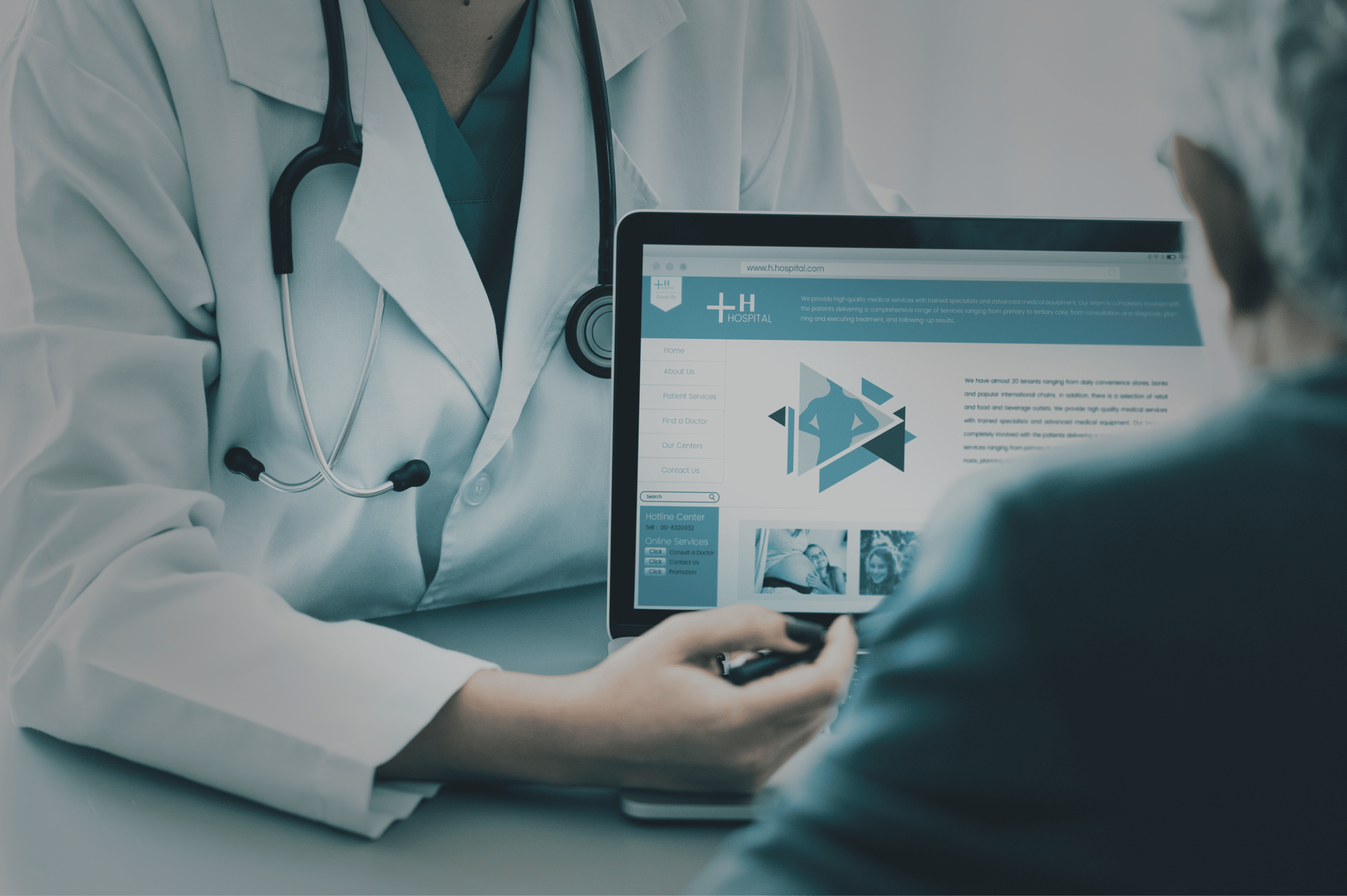Introduction
In an era where digital health records, telemedicine, and healthcare applications are ubiquitous, ensuring data security is more critical than ever. Healthcare software development involves handling sensitive patient information, making security and compliance top priorities for healthcare providers, patients, and developers alike.
At Dotcode, we specialize in secure and compliant healthcare software development, integrating industry-best security practices to protect patient data and ensure regulatory compliance. In this blog, we’ll explore key strategies to enhance data security and prevent breaches in healthcare applications.
Why Data Security Is Crucial in Healthcare Software Development
The healthcare sector is one of the most regulated industries, primarily due to the sensitivity of Protected Health Information (PHI). Cybercriminals frequently target healthcare data, making robust security protocols essential.
Risks of Inadequate Security
- Data Breaches: Financial & reputational losses from stolen patient data.
- Legal Consequences: Non-compliance with HIPAA, GDPR, and other regulations.
- Loss of Patient Trust: Security failures undermine confidence in healthcare providers.
Key Compliance Regulations
- HIPAA (USA): Ensures the confidentiality and security of patient data.
- GDPR (EU): Governs data privacy and protection for European citizens.
- HITECH Act (USA): Enforces stricter PHI security and breach notification rules.
- ISO 27001: Provides a global framework for healthcare information security.
Top Strategies for Ensuring Data Security & Compliance
To prevent costly breaches and maintain compliance, healthcare organizations must implement robust security strategies tailored to evolving cyber threats.**
1. Adhere to Regulatory Standards (HIPAA, GDPR, etc.)
Compliance with healthcare security regulations is non-negotiable. Healthcare software should integrate:
✔ Encryption for data at rest & in transit
✔ Access control mechanisms
✔ Audit trails & monitoring tools
✔ Data anonymization & de-identification techniques
2. Implement Strong Encryption Methods
Encryption ensures that patient data remains unreadable without the correct decryption key.
- End-to-End Encryption (E2EE): Prevents unauthorized access during transmission.
- AES-256 Encryption: Industry-standard for securing healthcare data.
- SSL/TLS Encryption: Protects web-based healthcare platforms.
3. Role-Based Access Control (RBAC) & Authentication
Restricting user access based on their role minimizes risks:
- Doctors & Nurses: Limited access to patient records.
- Administrative Staff: Access to non-sensitive operational data.
- Multi-Factor Authentication (MFA): Adds an extra layer of security.
4. Data Anonymization & De-Identification
To protect patient identities, data should be anonymized or pseudonymized:
- De-Identification: Removes personally identifiable information (PII).
- Pseudonymization: Replaces sensitive data with unique identifiers.
5. Regular Security Audits & Monitoring
- Audit Trails: Maintain logs of data access and modifications.
- Intrusion Detection Systems (IDS): Detect unauthorized access attempts.
- Penetration Testing: Identifies security vulnerabilities before attackers do.
6. Secure Software Development Practices
A real-world example highlights the importance: In 2023, a major hospital network suffered a breach due to an insecure API, exposing thousands of patient records. Adopting secure development practices can prevent such incidents.**
- Static Code Analysis: Identifies vulnerabilities during development.
- Penetration Testing: Simulates cyberattacks to uncover security flaws.
- Secure API Development: Protects integrations with EHRs, telemedicine platforms, and third-party services.
7. Data Minimization & Retention Policies
- Only collect necessary patient data to reduce exposure risks.
- Implement data retention policies to delete outdated data securely.
8. Cloud Security Best Practices
With healthcare applications moving to the cloud, ensuring cloud security is essential:
- Virtual Private Cloud (VPC): Isolates sensitive healthcare data.
- Cloud Access Security Broker (CASB): Monitors data flows between cloud applications.
- Identity & Access Management (IAM): Prevents unauthorized cloud access.
Dotcode’s Expertise in Healthcare Software Development
One of our healthcare clients successfully reduced security vulnerabilities by 40% after integrating our end-to-end encryption and penetration testing solutions, leading to improved compliance and patient trust.** At Dotcode, we specialize in developing secure, compliant, and scalable healthcare applications. Our services include:
✅ End-to-End Encryption: Secure storage & transmission with AES-256 & SSL/TLS.
✅ Compliance Integration: HIPAA, GDPR, and ISO 27001 compliance for secure applications.
✅ Secure Mobile & Web Development: Building feature-rich, secure apps using React Native & Flutter.
✅ DevOps & Cloud Security: Secure AWS, Google Cloud, and Azure-based healthcare apps.
✅ Penetration Testing & Quality Assurance: Identifying & fixing security vulnerabilities before deployment.
FAQs: Ensuring Data Security in Healthcare Software
For more information on compliance regulations, refer to HIPAA Guidelines and NIST Cybersecurity Framework.
Consider adding a data security infographic or encryption workflow image with optimized alt text for improved SEO and user engagement.
1. What emerging cybersecurity threats should healthcare organizations watch out for?
With advancements in AI-driven attacks, quantum computing threats, and increasingly sophisticated phishing schemes, healthcare organizations must stay ahead with proactive security strategies.
2. What are the latest trends in healthcare cybersecurity?
Emerging trends include AI-driven threat detection, zero-trust security models, and blockchain for secure patient data storage.**
3. How can encryption protect healthcare data?
Encryption ensures that patient data remains unreadable unless decrypted with the correct key, protecting it from unauthorized access.
4. What is the best way to comply with HIPAA and GDPR?
Implement data encryption, access controls, secure development practices, and regular security audits to meet compliance standards.
5. How does RBAC improve security?
RBAC restricts user access based on their role, preventing unauthorized data access and reducing security risks.
6. What are the biggest security threats in healthcare software?
Common threats include phishing attacks, ransomware, unsecured APIs, and insider threats.
Conclusion
Securing healthcare software requires a multi-layered approach, including encryption, access control, secure development, and regulatory compliance.
At Dotcode, we build secure, compliant, and scalable healthcare software that meets industry-leading security standards.
🎯 Contact Dotcode today to explore our healthcare software security solutions and get a free consultation!







